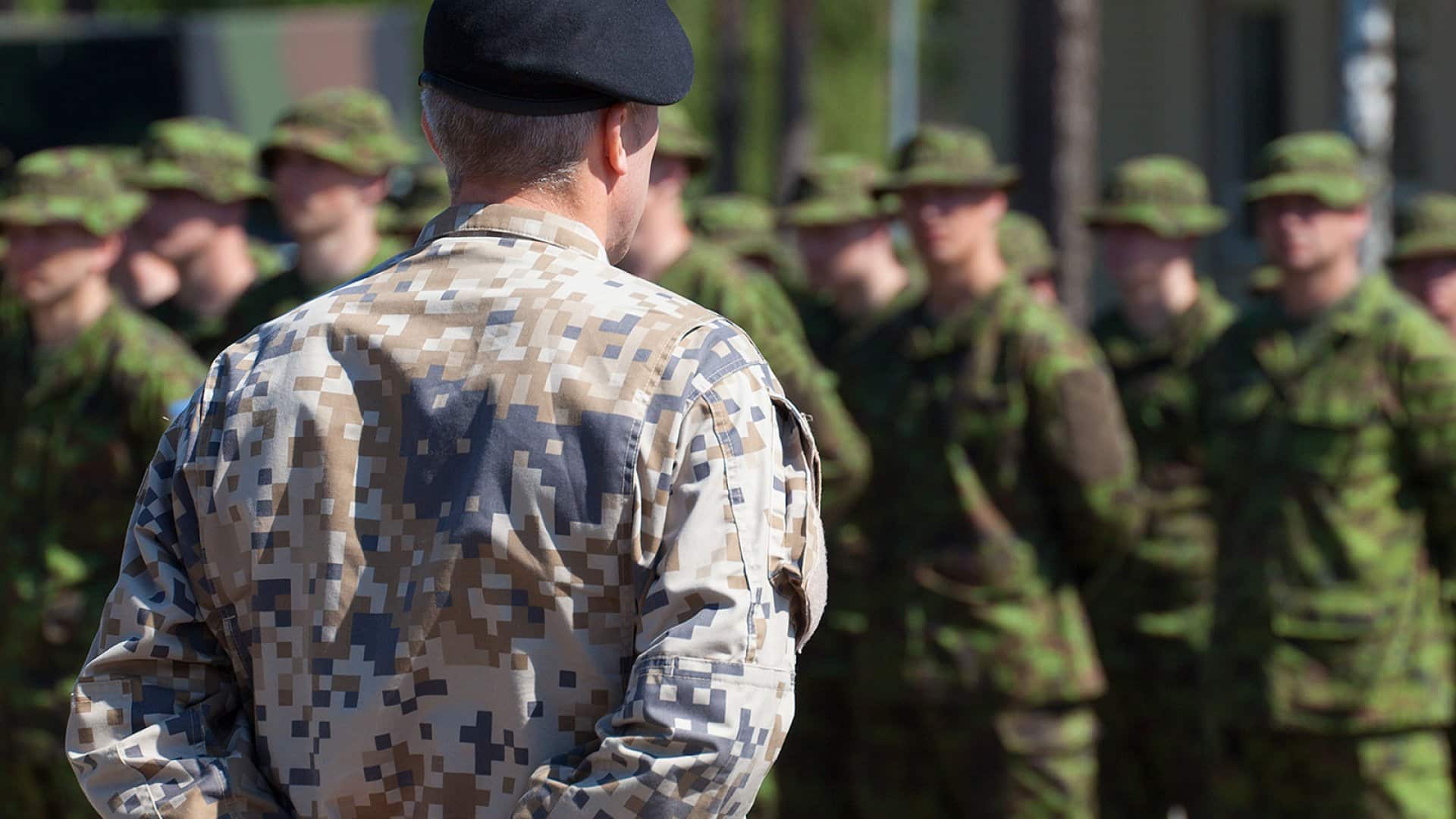Leadership Lessons From the Military

This week within the United States, we are commemorating Memorial Day by honoring all the military personnel who have sacrificed their lives while serving within the armed forces. We at CMA Global wanted to honor these brave personnel by sharing their contributions off of the battlefield as well. As such, we wanted to highlight 3 lessons on leadership learned from military personnel both past and present.
Don’t Just Give Orders
One of the key lessons learned from Colonel Michael Musso of the U.S. Army over his 25-year career was to, “circulate the battlefield without giving orders” (Northwestern). What does this mean and how does it apply to leadership? This is essentially the practice of leaders visiting and interacting with their troops to gain a better understanding of the current situation. In the workplace, this can be considered to be akin to management by wandering around and can have benefits far and beyond just general situational understanding. In fact, such a practice can facilitate trust and relationship building, increase motivation and engagement, as well as create a healthier workplace climate.
Share the burden
Never surrender to failure
Failure is a part of life. Even the most successful business people have encountered failure at one time or another. For example, Walt Disney was fired from the Kansas City Star because the then-editor thought that he, “lacked imagination and had no good ideas” (Gillett). However, what sets apart the successful from the unsuccessful is how they react to it. We spoke recently about failure and how to overcome it. One famous example comes from the renowned US General George Marshall. While General Marshall was best known for raising, training, and equipping an army of several million men during World War II, he also encountered several failures throughout his career–including initially with the Marshall Plan which sought to rehabilitate the economies of many European countries. While the Marshall Plan encountered many roadblocks and was considered by many a failure (as suggested by the withdrawal of several prominent countries), it later led to a rise in gross national products of 15 to 25 percent during this period (Britannica). The plan also contributed greatly to the rapid renewal of several western European industries.
Atlassian (2019). 9 lessons on teamwork and leadership from the military. Retrieved from: https://www.atlassian.com/blog/teamwork/teamwork-and-leadership-lessons-from-the-military
Britannica. The Marshall Plan. Retrieved from: https://www.britannica.com/event/Marshall-Plan
Gillett, R. How Walt Disney, Oprah Winfrey, and 19 Other Successful People Rebounded After Getting Fired. Inc. Retrieved from: https://www.inc.com/business-insider/21-successful-people-who-rebounded-after-getting-fired.html
